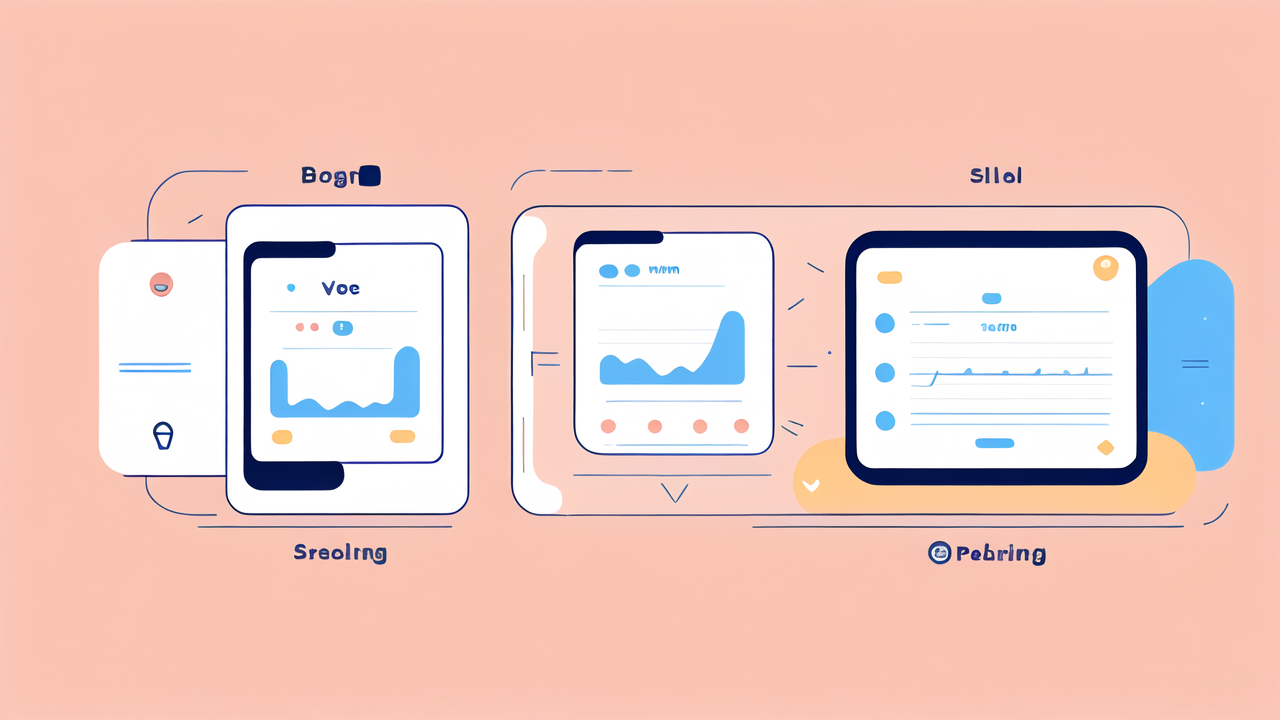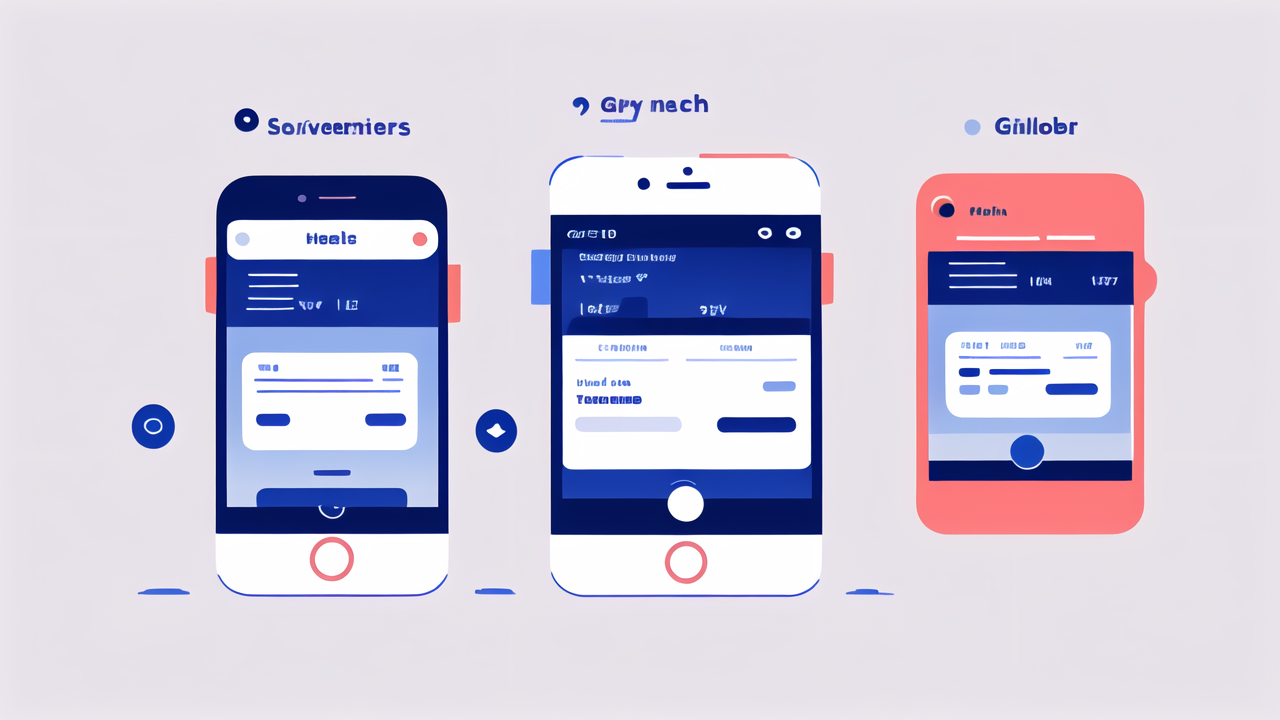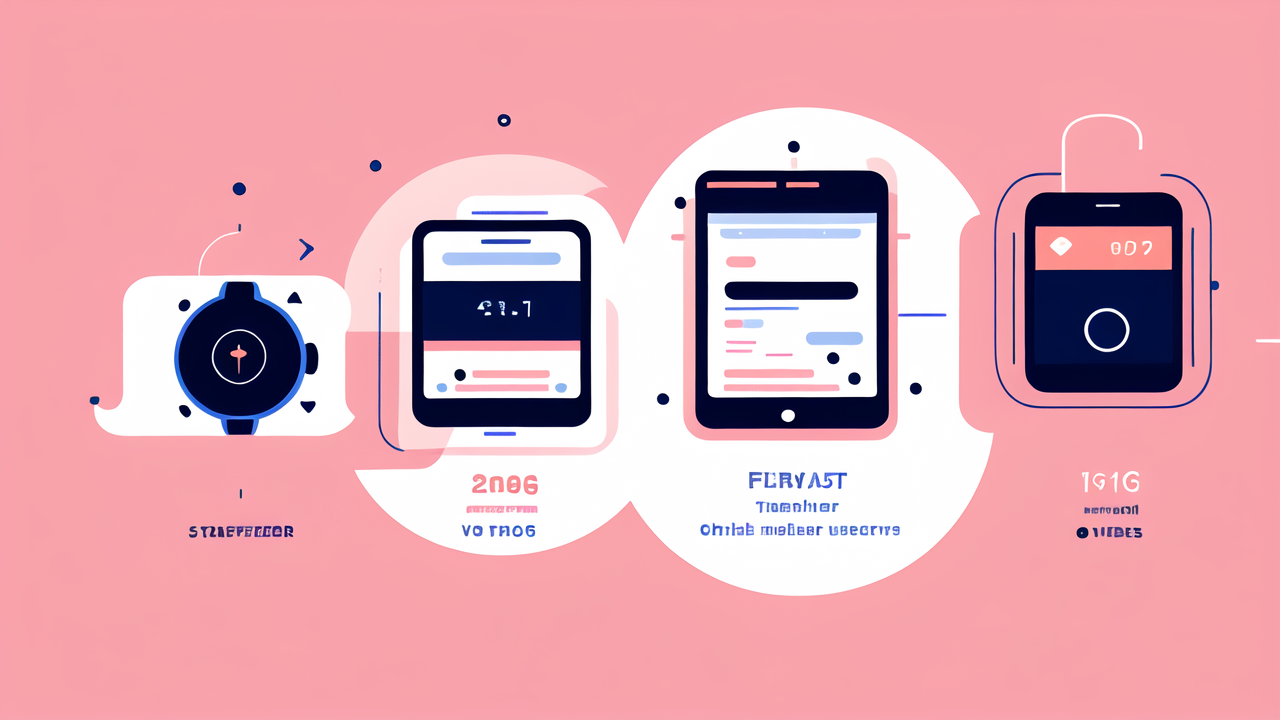The Rise of Smart Wearables in the United States Market
Examining Market Growth Trends
The US smart wearables market has seen a boom in recent years. More people are buying devices like smartwatches and fitness trackers. These gadgets blend style with function, appealing to tech-savvy consumers.

Sales figures show a steady climb, with millions of units sold each year. The COVID-19 pandemic boosted interest in health tracking features. This led to even more growth in the wearables sector.
Analysts predict this upward trend will continue. They expect the market to expand further as prices drop and features improve. The fusion of fashion and tech is driving this growth, making wearables a must-have accessory.
Key Players and Innovative Startups
Big tech firms dominate the US wearables market. Apple leads with its Apple Watch series. Fitbit, now owned by Google, remains a strong player. Samsung and Garmin also hold significant market shares.
But it's not just about the giants. Innovative startups are making waves too. Companies like Oura and Whoop offer unique health tracking solutions. These newcomers focus on niche markets, like sleep quality or athletic performance.
Fossil and other traditional watch makers have joined the smart wearables race. They blend classic designs with modern tech. This approach appeals to fashion-conscious consumers who want smart features.
Consumer Adoption and Lifestyle Integration
Americans are embracing wearables as part of their daily lives. These devices are no longer just for tech enthusiasts. They've become mainstream accessories for all age groups.
People use smartwatches to check messages, track workouts, and monitor health. Some even use them to make payments or control smart home devices. This integration makes daily tasks easier and more efficient.
Wearables are also changing how people approach fitness and wellness. They provide real-time data on physical activity, sleep patterns, and stress levels. This information helps users make informed decisions about their health and lifestyle.
Technological Advancements in Wearable Fashion
Cutting-Edge Features in Modern Wearables
Today's wearables are packed with advanced features. Many smartwatches now offer ECG monitoring, blood oxygen tracking, and fall detection. These health-focused tools can potentially save lives.

GPS tracking in wearables has improved, benefiting runners and hikers. Some devices can now go days without charging, solving a common user complaint. Water resistance has also become standard, allowing for swim tracking.
Voice assistants like Siri and Google Assistant are now built into many wearables. This lets users control their devices hands-free. Some wearables even offer cellular connectivity, freeing users from their smartphones.
How AI and Machine Learning Are Changing the Game
AI and machine learning are revolutionizing wearable tech. These technologies make devices smarter and more personalized. They can learn user habits and provide tailored advice and alerts.
For example, AI can analyze sleep patterns and suggest optimal bedtimes. It can detect irregular heartbeats and prompt users to seek medical advice. Machine learning algorithms can even predict stress levels based on various data points.
These advancements make wearables more than just gadgets. They become personal health assistants, offering insights that were once only available through medical tests.
Integration of Wearables with Lifestyle Apps
Wearables now seamlessly connect with various lifestyle apps. This integration expands their functionality and value to users. Fitness apps can use data from wearables to create personalized workout plans.
Music streaming services like Spotify work with smartwatches for on-the-go listening. Payment apps allow users to make purchases with a tap of their wrist. Even smart home apps can be controlled through wearable devices.
This ecosystem of connected apps makes wearables central to the digital lifestyle. It's not just about the device itself, but how it fits into the larger tech landscape.
The Business of Smart Wearables: Strategies and Insights
Navigating the Competitive Landscape
The smart wearables market is fiercely competitive. Companies must innovate constantly to stay relevant. This means not just adding new features, but also improving design and user experience.

Partnerships play a key role in this landscape. Tech companies team up with fashion brands to create stylish devices. They also work with health organizations to validate their medical features.
Price is another battleground. While premium devices dominate, there's growing demand for budget-friendly options. Companies must balance features and cost to appeal to different market segments.
Marketing Tactics for the Smart Wearable Niche
Marketing smart wearables requires a multi-faceted approach. Companies often focus on the health and fitness benefits of their devices. They use influencers and athletes to showcase these features.
Customization is a strong selling point. Many brands offer interchangeable bands and watch faces. This appeals to fashion-conscious consumers who want to express their style.
Educational marketing is also crucial. Companies need to explain the value of their devices' features. This often involves tutorials, user testimonials, and comparison guides.
Future Outlook and Emerging Opportunities
The future of smart wearables looks bright. Experts predict continued growth and innovation in this sector. New technologies like flexible displays and advanced sensors are on the horizon.
Health monitoring is expected to become even more sophisticated. Wearables may soon detect diseases early or manage chronic conditions. This could open up new markets in healthcare and elder care.
Sustainability is another area of focus. Companies are exploring eco-friendly materials and longer-lasting batteries. This aligns with growing consumer demand for responsible tech products.
As AI improves, wearables will become even smarter. They might predict user needs before they arise. The line between human and device could blur, creating truly symbiotic relationships.




Leave a comment
This site is protected by hCaptcha and the hCaptcha Privacy Policy and Terms of Service apply.